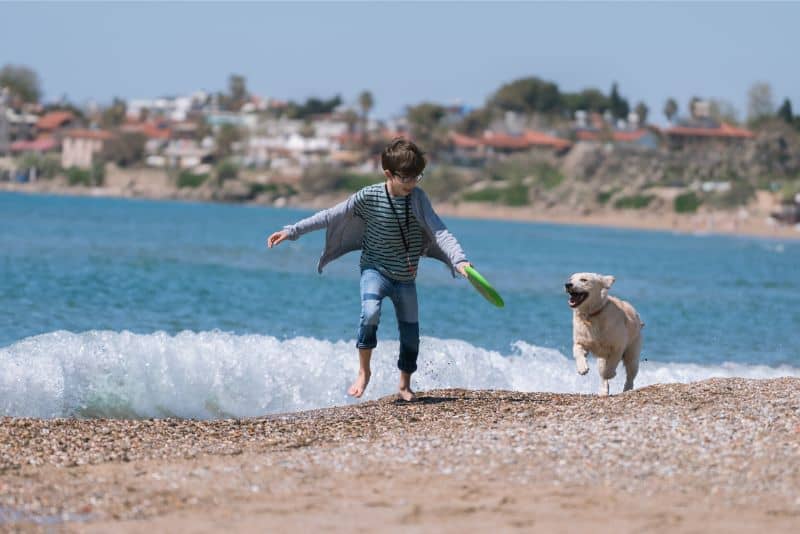Best Friends Forever: Safety Between Kids and Pets

When it comes to kids and pets, the two seem to be inseparable. Growing up with a furry friend is something many of us cherish from our childhoods, and it’s wonderful to see our kids have the same experience. But there are some things to consider when the two mix, and that is safety.
The team at Animal Medical Hospital & Urgent Care help you examine safety recommendations between kids and pets. These simple steps can keep the entire family safe and create a stronger bond between your child and their very best friend.
Teaching Your Child How to Interact with Pets
Most children immediately fall in love with every furry being they meet, whether it’s a pet or someone else’s animal. Teaching kids how to safely interact with our family pets, however, is a must for accident avoidance.
This is where basic precautions come into place to ensure your child is protected as well as your pet (or other pets).
- Always supervise – If your child is under the age of 5, any level of interaction with your pet or other animals should be supervised. Even if you are teaching your child how to play with your pet, young children are at a greater risk for a bite.
- Show your child how to be gentle – Sometimes children, in their exuberance, want to run up and hug, squeeze, or pull the tail of unsuspecting pets. Even the best pet can react out of fear and snap. Teach them the safe way to pet and interact.
- Avoid naptime and meals – Most accidents between pets and kids happen when a dog is napping or eating. During these times, the pet may feel reactive because of resource guarding (the food) or out of simple grogginess (you know how it is to be woken up). Tell your child those times are off-limits.
- Be careful around toys – Toys can be another problem area when it comes to resource guarding. Training your pet to be nonreactive with these coveted items is a good start, since good training addresses issues of resource guarding. But you should still tell your child not to take a toy from a pet when they are playing with you.
- No kisses, please – Teach your child to avoid kissing the pet’s face or getting too close to their mouth. This is for obvious reasons, but a pet’s mouth is also full of germs and bacteria.
Safety Around Strange Dogs
Even when your child understands the rules of the home with respect to your fur friends, there will be times when they encounter other dogs and animals. Here are some basic guidelines to teach that anyone can benefit from, not just kids.
- Never approach a strange dog without asking the owner first.
- If the dog runs toward you, stay still and lift your child up, if they are small. Running can incite the dog to chase you.
- Walk away from strange dogs slowly, making sure you keep an eye on where they are in the vicinity to you and your child.
- If a dog is acting strangely or aggressively, inform the owner. If no one is around and it appears to be a stray, call animal control.
Questions About Kids and Pets Safety
We hope these tips help to keep your kids and pets safe. Basic precautions can avoid accidents and instill in children a greater bond with their pets. If we can answer any questions about safe play, please do not hesitate to call.
